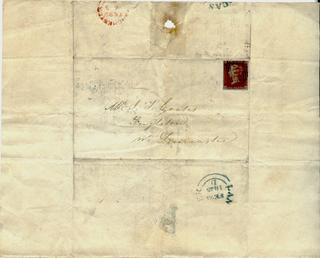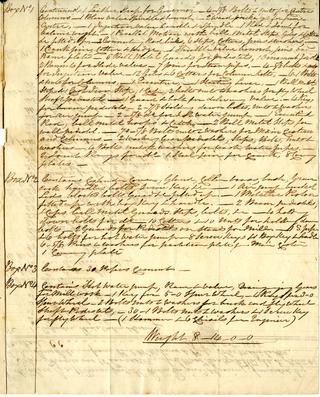
Peel, Williams & Peel
Peel, Williams & Peel (1798 - 1887) Engineers
Peel, Williams and Peel was originally established under the name Peel, Williams & Co as an iron and brass foundry by George Peel (senior, d.1811) in partnership with William Ward Williams (1772-1833). George Peel was a cousin of British Prime Minister Sir Robert Peel. The company became the biggest engineering firm in Manchester up to the 1830s.
Initially the company was based in Manchester's Miller Street, quickly building the Phoenix Foundry in Swan Street, at Shudehill Pits. In 1810 the company acquired the Soho Foundry in Ancoats, next to the Ashton Canal. In the same year the business was renamed Peel and Williams. The older part of the Soho Foundry was destroyed by fire in 1828, but a newer foundry on the site was spared.
Pigot and Dean's New Directory of Manchester and Salford published in 1821 contains an entry for the firm, listing Peel and Williams as 'iron and brass founders, Phoenix Foundry, Shudehill; roller and spindle-makers, water-press and steam engine manufacturers, and gas-light erectors, Soho Foundry, Ancoats.'
Around 1825 Joseph Peel and George Peel (sons of George Peel, Senior) set up a partnership with Williams, and the firm became Peel, Williams and Peel.
In 1839 Peel, Williams and Peel began manufacturing railway locomotives, which were trialled on the Liverpool - Manchester line. By 1861 a local directory described the company as 'Peel, Williams and Peel, steam engine makers, iron and brass founders, engineers, millwrights, boiler, gasometer and hydraulic press makers, Soho Iron Works and Forge, Pollard st, Great Ancoats st.' In the following year Peel, Williams and Peel was awarded a medal for their machines at the 1862 London Exhibition.
By May 1887 the machinery, works and land 'lately occupied' by Peel, Williams and Peel at the Soho Foundry site were advertised for sale at auction.

